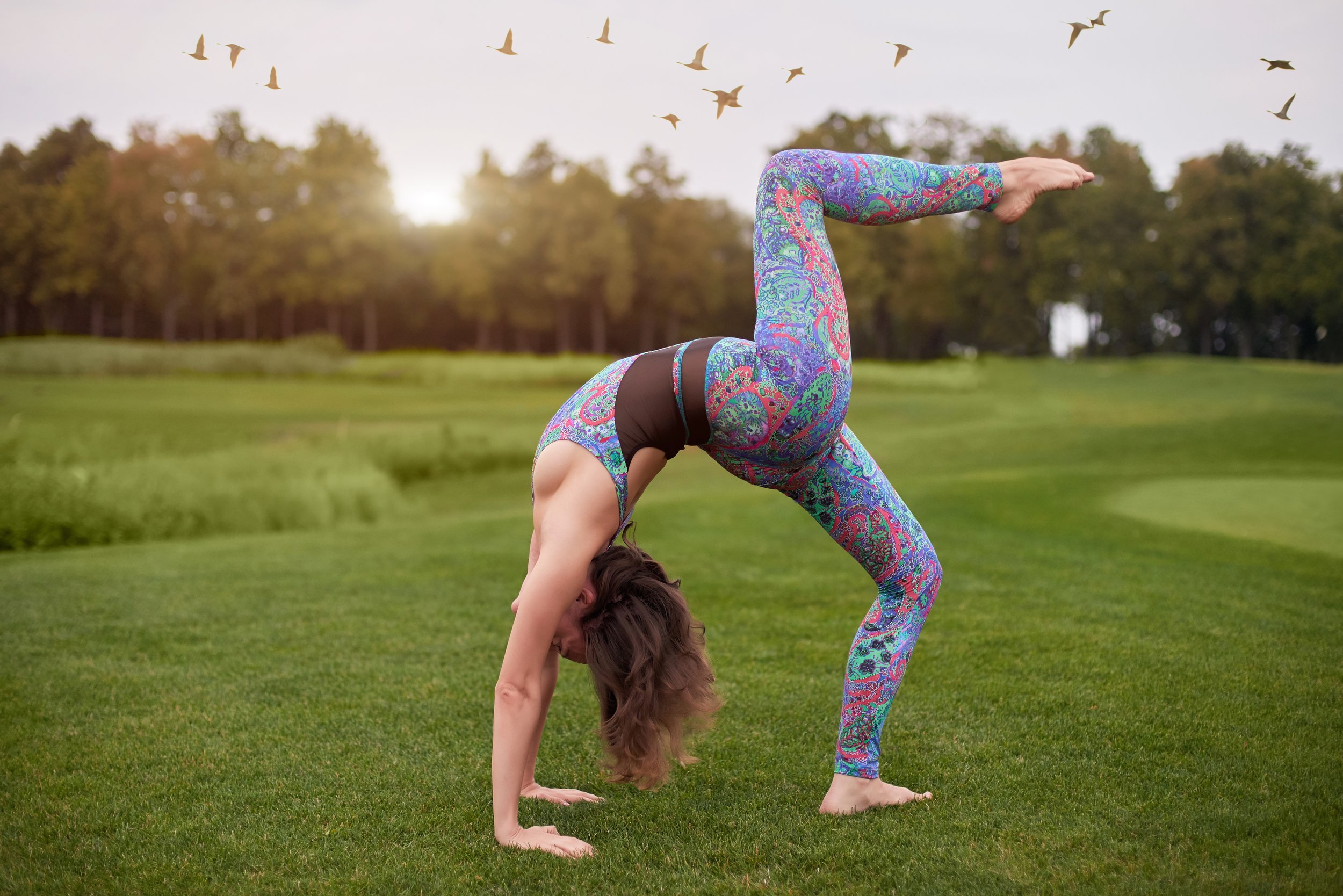Glute strain, also known as a buttock strain, is a common injury that occurs when one or more of the muscles in the gluteal region become stretched or torn. This injury can result in significant pain and discomfort, making it difficult to perform daily activities.
What causes glute strain:
Overuse or repetitive strain, such as performing repetitive movements that involve the gluteal muscles, like running or cycling.
Sudden movements or twisting, such as when changing direction quickly during a sports activity.
Weakness or imbalances in the gluteal muscles.
Improper warm-up or lack of stretching before engaging in physical activity.
Poor posture or body mechanics, which can lead to excessive strain on the muscles.
Symptoms of glute strain:
Pain in the buttock region, which may be sharp or dull and can be exacerbated by activity.
Swelling or bruising in the affected area.
Stiffness or difficulty moving the affected leg or hip.
Weakness or a feeling of instability in the affected leg.
Pain or discomfort when sitting, standing, or walking.
What does it take to rehabilitate a glute strain:
Rest: Resting the affected area is crucial to allow the muscles time to heal.
Ice: Applying ice to the affected area for 15-20 minutes at a time, several times a day, can help to reduce pain and swelling.
Compression: Wrapping the affected area with an elastic bandage can help to reduce swelling and provide support.
Elevation: Elevating the affected leg can help to reduce swelling.
Physical therapy: A physical therapist can provide exercises and stretches to help strengthen the affected muscles and prevent future injuries.
Pain management: Over-the-counter pain medications, such as ibuprofen or acetaminophen, can help to manage pain and reduce inflammation.
Surgery: In severe cases, surgery may be necessary to repair a torn muscle.
What type of exercises are helpful to relief glute strain?
If you have a glute strain, consult with a physical therapist prior to doing any exercises to prevent further injury or to make a proper diagnosis. It is important to rest the affected muscle and allow it to heal before returning to exercise. Once the pain has subsided and you have been cleared by a medical professional to resume physical activity, there are a number of exercises that can help strengthen and stretch the glutes and reduce the risk of future injury. Here are some exercises you may find helpful:
Glute bridges: Lie on your back with your knees bent and feet flat on the ground. Lift your hips up off the ground, squeezing your glutes at the top of the movement, and then lower back down. Repeat for several repetitions.
Clamshells: Lie on your side with your knees bent and your feet together. Keeping your feet together, lift your top knee up as high as you can without moving your pelvis, and then lower back down. Repeat for several repetitions on each side.
Side-lying leg lifts: Lie on your side with your bottom leg bent and your top leg straight. Lift your top leg up as high as you can without moving your pelvis, and then lower back down. Repeat for several repetitions on each side.
Lunges: Stand with your feet hip-width apart and step forward with one leg, bending both knees to lower your body down toward the ground. Keep your front knee in line with your ankle and your back knee hovering just above the ground. Push back up to standing and repeat for several repetitions on each leg.
Squats: Stand with your feet shoulder-width apart and lower your body down as if sitting in a chair, keeping your weight in your heels and your knees in line with your toes. Push back up to standing and repeat for several repetitions.
Do any other conditions have similar symptoms to glute strain but aren'?
Yes! There are several conditions that can mimic the symptoms of a glute strain which is why having a physical therapy evaluation prior to self, including:
Piriformis syndrome: This condition occurs when the piriformis muscle, which runs from the lower spine to the top of the thigh bone, becomes tight or inflamed, causing pain in the buttocks and down the leg. The symptoms of piriformis syndrome can be similar to those of a glute strain.
Sciatica: Sciatica is a condition that occurs when the sciatic nerve, which runs from the lower back down the legs, becomes compressed or irritated. This can cause pain, tingling, or numbness in the buttocks and down the leg, which can be similar to the symptoms of a glute strain.
Sacroiliac joint dysfunction: The sacroiliac joint is located where the spine and pelvis meet, and it can become inflamed or irritated, causing pain in the buttocks and lower back. This pain can be similar to the symptoms of a glute strain.
Hamstring strain: A hamstring strain occurs when one or more of the three muscles that run down the back of the thigh become strained or torn. The symptoms of a hamstring strain can include pain in the buttocks, which can be similar to the symptoms of a glute strain.
If you are experiencing persistent pain in your buttocks or thigh, it is important to consult a medical professional for an accurate diagnosis and appropriate treatment.

